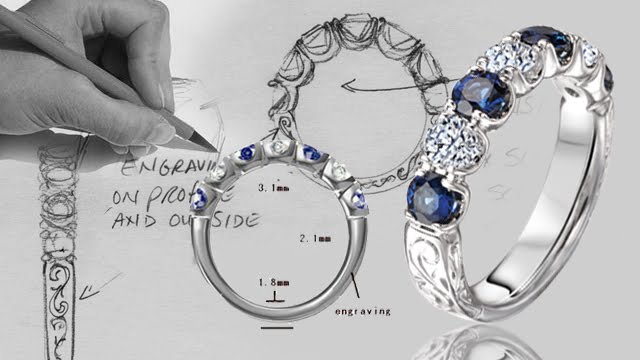Gold extraction is most economical in large, easily mined deposits. Ore grades as little as 0.5 mg/kg (0.5 parts per million, ppm) can be economical. Typical ore grades in open-pit mines are 1–5 mg/kg (1–5 ppm); ore grades in underground or hard rock mines are usually at least 3 mg/kg (3 ppm). Because ore grades of 30 mg/kg (30 ppm) are usually needed before gold is visible to the naked eye, in most gold mines the gold is invisible.
Since the 1880s, South Africa has been the source for a large proportion of the world's gold supply, with about 50% of all gold ever produced having come from South Africa. Production in 1970 accounted for 79% of the world supply, producing about 1,480 tonnes. 2008 production was 2,260 tonnes. In 2007 China (with 276 tonnes) overtook South Africa as the world's largest gold producer, the first time since 1905 that South Africa has not been the largest.[46]
The city of Johannesburg located in South Africa was founded as a result of the Witwatersrand Gold Rush which resulted in the discovery of some of the largest gold deposits the world has ever seen. Gold fields located within the basin in the Free State and Gauteng provinces are extensive in strike and dip requiring some of the world's deepest mines, with the Savuka and TauTona mines being currently the world's deepest gold mine at 3,777 m. The Second Boer War of 1899–1901 between the British Empire and the Afrikaner Boers was at least partly over the rights of miners and possession of the gold wealth in South Africa.
Other major producers are the United States, Australia, Russia and Peru. Mines in South Dakota and Nevada supply two-thirds of gold used in the United States. In South America, the controversial project Pascua Lama aims at exploitation of rich fields in the high mountains of Atacama Desert, at the border between Chile and Argentina. Today about one-quarter of the world gold output is estimated to originate from artisanal or small scale mining.[47]
After initial production, gold is often subsequently refined industrially by the Wohlwill process which is based on electrolysis or by the Miller process, that is chlorination in the melt. The Wohlwill process results in higher purity, but is more complex and is only applied in small-scale installations.[48][49] Other methods of assaying and purifying smaller amounts of gold include parting and inquartation as well as cupellation, or refining methods based on the dissolution of gold in aqua regia.[50]
At the end of 2006, it was estimated that all the gold ever mined totaled 158,000 tonnes[51] and its January 2009 issue, National Geographic magazine writes: "In all of history, only 161,000 tons of gold have been mined, barely enough to fill two Olympic-size swimming pools."[1] This can be represented by a cube with an edge length of about 20.28 meters. The value of this is very limited; at $1000 per ounce, 161,000 tons of gold would have a value of only 5.2 trillion dollars.
The average gold mining and extraction costs were about US$317/oz in 2007, but these can vary widely depending on mining type and ore quality; global mine production amounted to 2,471.1 tonnes.[52]
Gold is so stable and so valuable that it is always recovered and recycled. There is no true consumption of gold in the economic sense; the stock of gold remains essentially constant while ownership shifts from one party to another.[53]
Consumption.
India is the world's largest consumer of gold, as Indians buy about 25% of the world's gold,[54] purchasing approximately 800 tonnes of gold every year. India is also the largest importer of the yellow metal; in 2008, India imported around 400 tonnes of gold.[55]
The entrance to an underground gold mine in Victoria, Australia






No comments:
Post a Comment